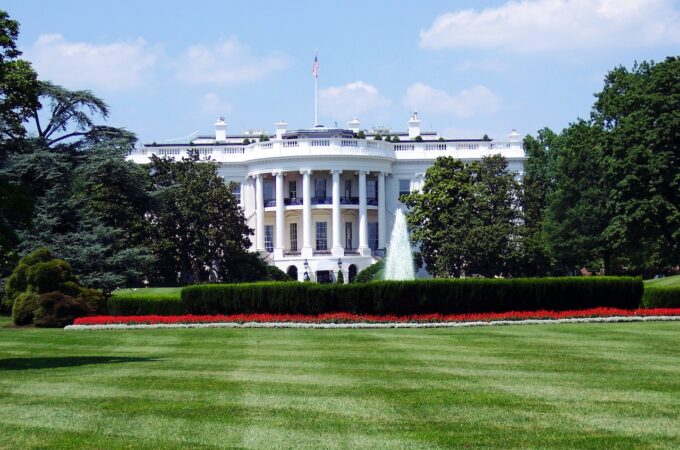How Asia Uses Bitcoin In One Color-Coded Map
TECHINASIA: Bitcoin is a global phenomenon, but not everyone around the world uses it in the same way. Here in Asia, the way a person from the Philippines uses bitcoin is probably very different from how it’s used in Thailand, and both are very different from the typical user in Taiwan.
Despite bitcoin being hailed as “borderless,” these use cases tend to vary by country due to factors like government policy, economics, and culture. To help visualize these trends, we reached out to half a dozen Bitcoin thought leaders from some of the region’s most prominent bitcoin businesses. They include Ron Hose from Coins.ph, Mario Gomez Lozada from Quoine, Aurélien Menant from Gatecoin, Danyal Manzar from Urdubit, and Saurabh Agrawal from Zebpay.
We asked each one to categorize the markets they operate in into three use cases. Using their crowdsourced feedback combined with our own research, we’ve mapped out how bitcoin is primarily used in each country.
The first use case is investment and mining. Most bitcoin users in these countries jumped on the bandwagon to make money from bitcoin itself. Miners, the ones who secure the bitcoin network using high-powered computers, are rewarded with new bitcoin, which they then sell to exchanges on contracts. Investors are typically either day traders or long-term buy-and-hold investors. They depend on the price of bitcoin, which is still quite volatile, to go up so they can receive a return on their investment.
The second use case is currency and commodity. This is how many people first envision bitcoin being used. It’s a fiat currency replacement used to buy and sell goods and services. This can be done online or offline at any merchant who accepts it. These countries tend to be well-developed and have enough such merchants to make using bitcoin worthwhile. Lending and crowdfunding also fall under this umbrella. Despite being the original intent of the currency, it’s probably the least developed aspect in Asia.
The final use case is financial services and remittances. In these instances, the price of bitcoin is more or less irrelevant. Instead, the function of Bitcoin and the Bitcoin network (upper-case ‘B’) make it a viable alternative to other financial services. In other words, it’s the medium, not the money. For those needing to send money abroad, bitcoin is typically far cheaper, more transparent, and just as convenient as a traditional wire service. Payment processing is another emerging opportunity. With the stipulation that the government allow it, countries with low banking and credit card penetration rates are often hotspots for these sorts of bitcoin businesses.
As you can see, many countries were left blank because we couldn’t dig up enough information about them or they just haven’t developed to a point where we could make a judgment call. This is a work in progress, and we welcome your help. The map is based on anecdotal evidence, not statistical data or official policy.





